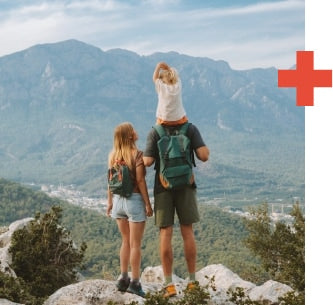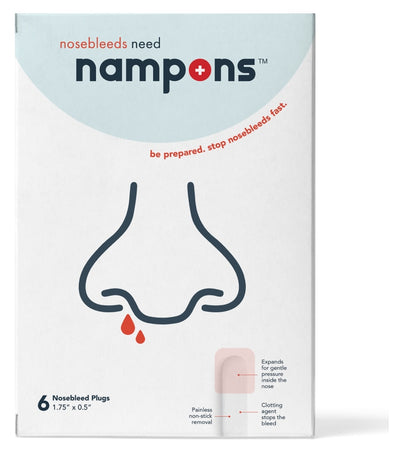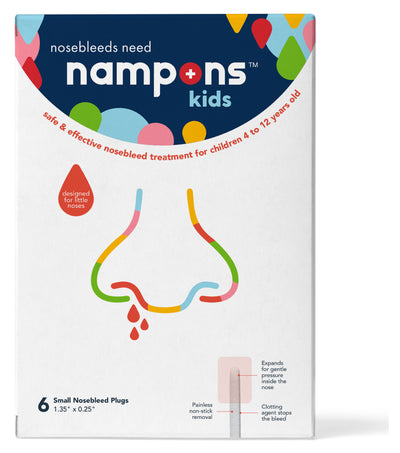Nosebleeds are typically not serious, but do happen often. Like anything else, preparation with a product like Nampons™ is always recommended.
Over 2,500 5 Star Reviews On Amazon

Made For Nosebleeds
FDA registered and doctor approved, trusted by hospitals, nurses and first responders for over a decade to stop nosebleeds fast.
Dr. Scott Brook, Hematologist / Oncologist
Nampons is one of the best first-line tools for anterior nosebleeds I have seen in many years. They should be a part of every first aid kit.
Dr. Drew Sutton, ENT
How Nampons Work
Forget tissues or toilet paper. Nampons are made for nosebleeds.

OUR MISSION
helping families be prepared
Our mission is to create a new standard of care for treating the common nosebleed that is safe, effective and allows people to get on with their lives with as little inconvenience as possible.



